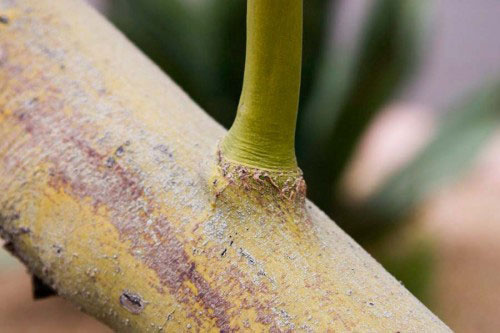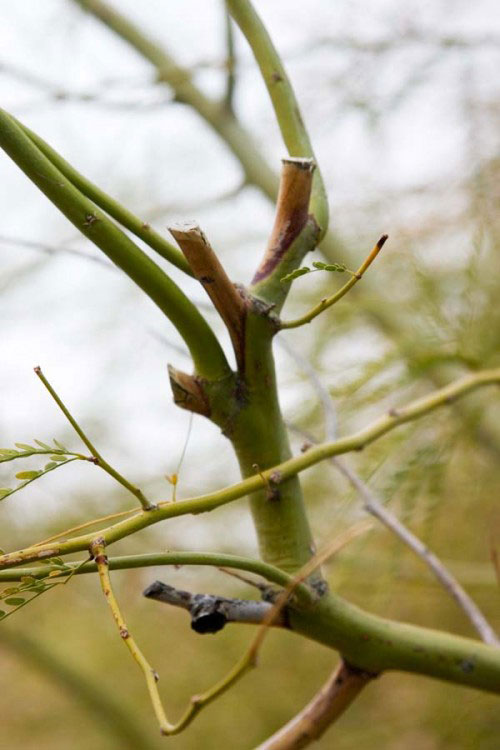Quiet Crow Bonsai
A Collection of Stellar Bonsai MusingsArticles
Technique: General Tips for Better Pruning
There are general rules to follow when doing anything in bonsai, whether it is wiring or pruning, whether the material is deciduous or coniferous. So let’s explore General Tips for Better Pruning.
It is useful to think of pruning in two stages: pruning required to maintain plant health and pruning for form or aesthetics. These areas are not exclusive and there is considerable overlap. For example, removing dead or crossed-over limbs is necessary for health, but it also improves the form or aesthetic value of the plant.
It is important to know how the plant grows or the general classification of woody plant growth. Does it push candles like pine? Does it flush multiple times per year like hemlock? Does it grow continuously till fall like juniper? Here are three general classifications:
- Determinate:
- Flushes once in spring, sets buds, and that’s the end of that (beech, Austrian pine).
- Semi-determinate:
- Flushes once in spring, and may again if conditions are good (hemlock).
- Indeterminate:
- Starts growing in spring and continues throughout the growing season (juniper, elm).
All these factors and more will determine the best way to prune for the desired results, and will also help dictate when to prune.
- 1.Prevent Spreading Disease
- Never prune a plant when it is wet. Many diseases are spread by water-borne spores. You are asking for trouble if you do this, though you may get away with it for a while. Always sanitize your pruning shears in alcohol after each cut, whenever cutting diseased plants. Sanitize your shears between working on healthy trees.
- 2. Buy Quality Pruning Tools.
- thy trees. 2. Buy Quality Pruning Tools. A minimum set of tools includes a high-quality pair of side-cutting clippers and a high-quality saw. For pruning small bonsai, I recommend pruners designed specifically for use on bonsai. Keep them sharp and clean. Sharp tools are safer to use and reduce the effort required. They also produce clean cuts and reduce the damage to the plant, which improves healing and reduces the likelihood of disease.
- 3.Think twice, cut once.
- You cannot cut a limb back on. Although mistakes can be corrected by future pruning, if you understand how pruning can be used to direct the growth of the plant.
- 4. Always Prune at a Bud Location or Branch Collar
- Learn to recognize these locations. The branch collar is the natural division between the trunk and the branch. Cutting into the branch collar will damage the trunk, increase the time of healing, and increase the likelihood of disease. You can identify the branch collar by close observation of the bark. There will be a slight variation (sometimes obvious as a ring) in the bark at the base of the branch, where it makes the transition to trunk bark. See pictures for examples.
- 5. Heavy Pruning in Early Spring
- Most pruning is best done in the early spring before the plants break winter dormancy (before bud break), with the notable exceptions of plants that bleed when pruned in spring. Examples of bleeders (plants that drip large amounts of sap when cut in spring) include birch and sugar maple.
- 6. Never Leave a Dead Stub
- You will have to prune the stub off later to help prevent disease.
Keeping all the general pruning tips in mind, let’s delve into steps for Maintenance Pruning to ensure we maintain the health of the bonsai. Read More




